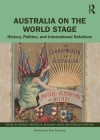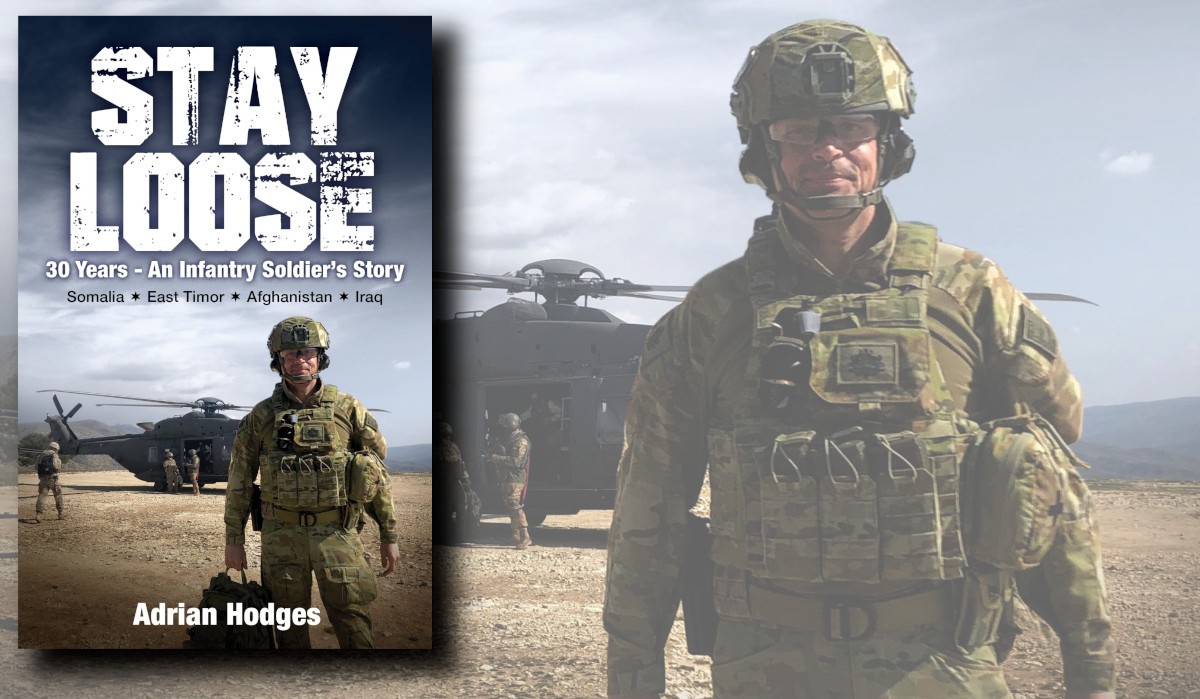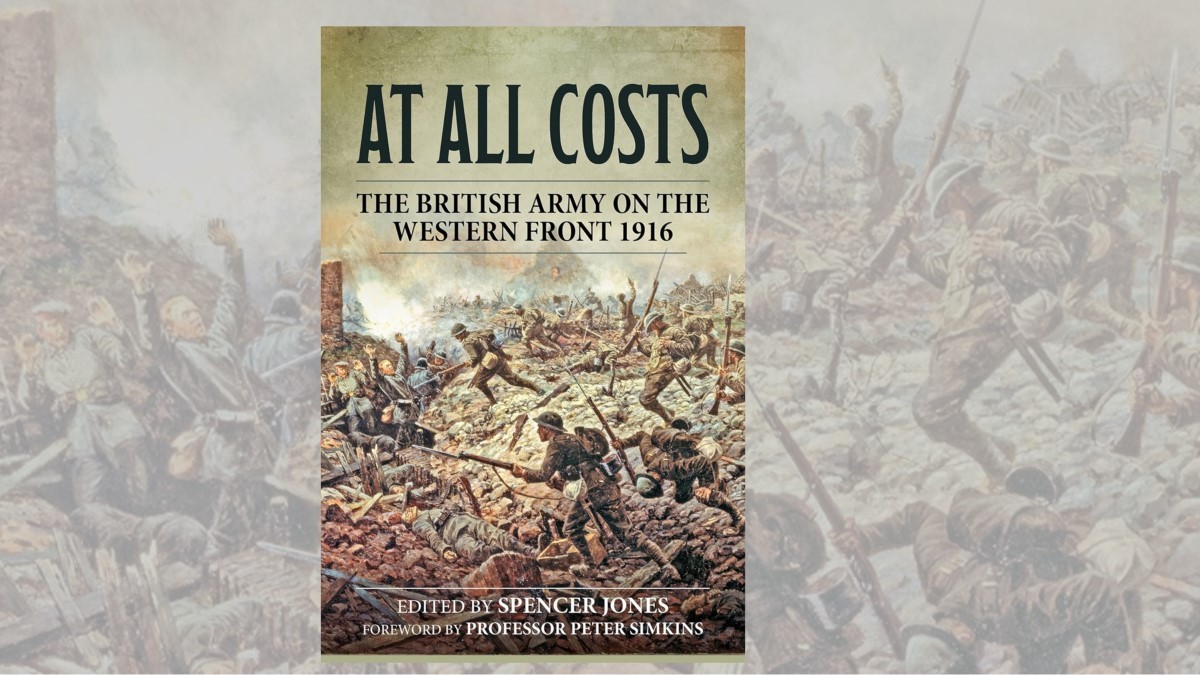History, Politics and International Relations
London, Routledge, 2023, pp 234
ISBN: 9781032117171
Editors: Bridget Brooklyn, Benjamin T. Jones, and Rebecca Strating
Reviewed By: Pearl Nunn
Comprehensive yet accessible, challenging and probing; Australia on the World Stage is the ideal introduction to Australian foreign relations from before colonisation to the twenty-first century. The three co-editors include: Bridget Brooklyn, lecturer in Australian history at Western Sydney University and political history specialist, Benjamin T. Jones, senior lecturer in history at Central Queensland University who focuses on Australian nationalist history, and Rebecca Strating, who is an associate professor in politics and international relations at La Trobe University, Melbourne. This innovative book is foundational to any study of Australian military history. The overview of diplomacy and foreign affairs in this work will help to develop a fuller understanding of militarism and war itself.
Brooklyn, Jones and Strating’s introductory overview ‘When and Where is Australia?’ interrogates perceptions about when modern Australia started and concludes that there is no ‘neat date’ into which the nation can be boxed. Similarly, ancient Australia is described as a place where some of the ‘world’s oldest continuing cultures’ started and does not have a fixed date.
The main body of this edited collection comprises two parts. Part I deals with the land now known as Australia, from before colonialism until the modern ‘Almost Republic’ of the 21st Century. The section’s authors skilfully explore Aboriginal and Torres Strait Islander histories and their perspectives relating to foreign relations. Part II is of particular interest to military historians and other individuals interested in defence, as the relationships between Australia and major world powers are examined. Whilst examining dealings between Australia and international leading actors such as the United States of America, Japan, and China, the book also vitally includes examinations of Australia’s relationships with neighbouring countries such as New Zealand (or Aotearoa), the Pacific Islands, Indonesia, and Japan. However, bi-lateral relationships are not the only ones explored, with consideration also given to multinational issues relevant to the critical territory of Antarctica and the United Nations (UN).
The first chapter ‘Before Australia’ by Lawrence Bamblett scrutinises the multifaceted relations that Indigenous people had with different peoples and cultures both within and beyond the shores of the islands now known as Australia and Torres Strait. Early interactions with those such as the Macassans also give a well-rounded picture of how Indigenous people ‘thrived on local and regional connections.’[1] Carol Liston details how ‘Australia before Responsible Government (1606-1856)’ engaged with other nations in the Asia-Pacific region and how imperialism affected this. Both convicts and free settlers contributed to the dispossession of Aboriginal peoples. André Brett’s fourth chapter ‘From British Australasia to Federation: No Linear Progression’ looks at how the seven settler colonies of the 1850s became united within the following half-century, emphasising New Zealand’s close interconnection with these colonies. In 1899 the colonies entered their largest overseas conflict to date. The ‘imperial jingoism’ that accompanied the South African War (1899-1902) was compatible with public enthusiasm for Federation. The fifth contribution to this book, ‘Federation to the Second World War: Australian Identity and Anzac’ by Bridget Brooklyn, is one of the most relevant chapters to military professionals. Brooklyn wrestles with questions of how the Anzac legend emerged and evolved, from Federation, to Gallipoli in 1915, through the interwar period and into World War Two. In Chapter Six, ‘British Dominion to Almost Republic: Australia Responds to the End of Empire,’ Benjamin Jones outlines how Australian identity and foreign relations played out from the 1950s to 2022, including the seminal bicentenary year in 1988. The next contribution entitled ‘First Nations and Australia: Walking Together or Walking Alone?’ by James Blackwell interrogates the continual dispossession of Indigenous Australians. Blackwell argues that First Nations peoples are not sufficiently included in the domestic sphere, which has implications for foreign policy.
Rebecca Strating’s chapter instigates Part II of the book and deals with the military relationship that is arguably most important military for modern Australia: ‘The Unbreakable Alliance? Strategic Dependence and Australia’s US Alliance.’ Strating focuses on the post-World War Two period, examining the Vietnam War, economic strategies, and how ANZUS can still be a useful alliance in the twenty- first century. The ninth contribution by John Fitzgerald named ‘The Harder They Fall: Australia- China Relations in Xi Jinping’s New Era’ looks at the period since 2013, where ‘relations then went rapidly downhill’. Fitzgerald examines the complex relations between Australia and China, including key policies such as the 2017 Foreign Policy White Paper and more general themes such as ‘What is a ‘Core Interest?’, delving into how the relationship has broken down in recent years due to conflicts in diplomacy. Chapter Ten by David Walton is entitled ‘Australia- Japan Relations: Close Ties and Shared Aspirations.’ It explores how the hostile relations of the first half of the twentieth century turned into a strong and valuable partnership in the post-World War Two period. Japan and Australia have since established long term solid trade initiatives and diplomatic agreements. The post war reconciliation period of 1952-1957 is a highlight of this chapter, exploring how anti-Japanese sentiment changed relatively quickly in the wake of the war.
The confounding relationship between Australia and Indonesia is highlighted in ‘The Persistence of Distance between Proximate Neighbours’ by Michael O’Keefe. The relationship is described as an ‘enigma,’ O’Keefe discusses how there is little shared history between the two nations, and significant political and cultural differences. Helen Bones and Nicholas Ferns delve into the diplomatic relations between Australia, New Zealand, Papua New Guinea, and the Pacific Islands in Chapter Twelve. This is an informative overview of the political relations with Australia’s neighbouring countries from the period starting in the late eighteenth century, tracing through important developments in the twentieth century and up to the 2020s. Described by Elizabeth Buchanan as ‘Australia’s Southern Flank,’ Chapter Thirteen looks at foreign relations relating to Antarctica.[2] Territorial claims are split between several countries and this chapter examines the geopolitics relating to the region, particularly Australia’s Antarctic Strategy. Roland Burke and Jon Piccini’s contribution on Australia and the UN analyses the ‘polarised’ perceptions that Australia has of the organisation. The author’s observations here will be of particular interest to members of the Australian Defence Force (ADF), particularly as they relate to Australia’s place in world affairs since the end of World War Two.
This interdisciplinary book is suitable for students, academics, and military professionals alike, offering a fresh, insightful, and accessible perspective on topics of importance to Australia. All ADF members and public servants working within Defence need some understanding of politics, foreign affairs and history and would therefore benefit from reading this work. As Australia’s place within the global system continues to morph in response to geopolitical developments, we face continued strategic uncertainty. Reading the case studies presented by Australia on the World Stage reminds us that we have been here before.
Endnotes
[1] Bridget Brooklyn, Benjamin T. Jones, and Rebecca Strating (Editors), Australia on the World Stage: History, Politics, and International Relations. Journal of Australian Canadian and Aotearoa New Zealand Studies, Vol 4(August 2024), p.27
[2] Elizabeth Buchanan ‘Australia’s Southern Flank: Antarctica’ in Australia on the World Stage: History, Politics and International Relations eds. Brooklyn, Jones and Strating (Routledge, 2023), 185-196



